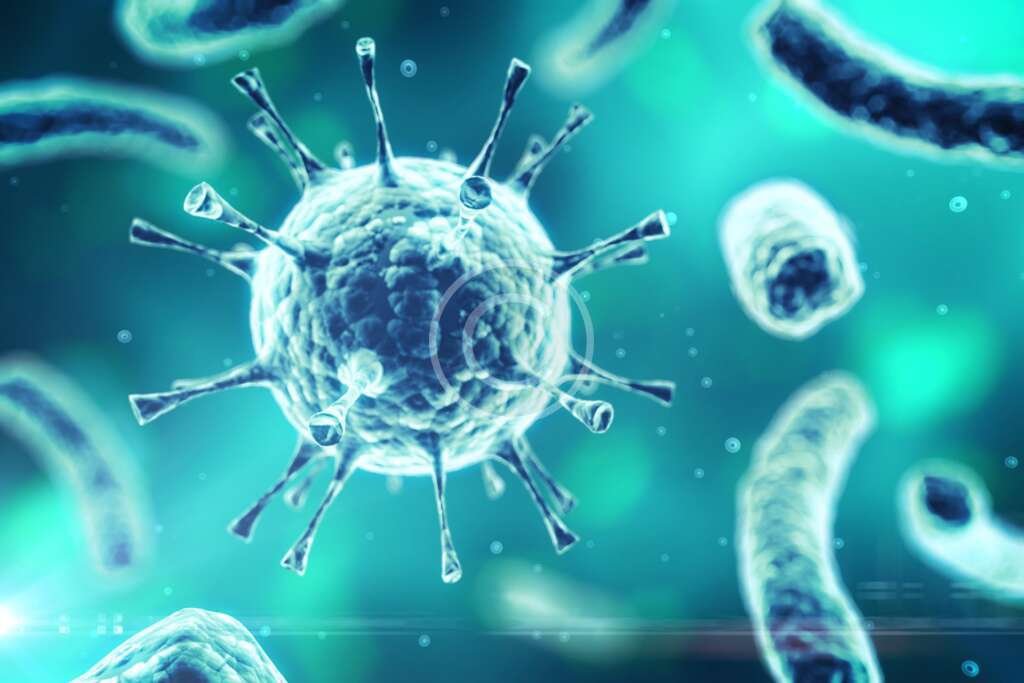Calcium, an essential mineral in the human body, plays a pivotal role in several physiological processes, including blood clotting and tissue healing. Beyond its well-known function in bone health, calcium is critical for maintaining hemostasis and facilitating wound repair. This article explores the biochemical mechanisms behind calcium’s involvement in blood clotting and the healing process, highlights the consequences of calcium deficiency on these processes, and discusses dietary and supplemental ways to maintain optimal calcium levels.
Calcium and the Blood Clotting Process
Blood clotting, or coagulation, is a complex physiological process that prevents excessive bleeding when blood vessels are injured. Calcium ions (Ca²⁺) are indispensable to every stage of the clotting cascade.1. The Coagulation Cascade and Calcium
The coagulation cascade consists of a series of enzymatic reactions involving clotting factors. Calcium is necessary for:- Activation of Clotting Factors: Calcium ions act as cofactors for enzymes like thrombin, which converts fibrinogen to fibrin.
- Stabilization of Complexes: Calcium bridges the interaction between clotting factors and phospholipid surfaces on activated platelets.
- Extrinsic Pathway Activation: Calcium facilitates tissue factor (TF)-dependent activation of Factor VII, initiating clot formation.
2. Formation of Fibrin Mesh
After calcium activates thrombin, it catalyzes the conversion of fibrinogen (a soluble protein) into fibrin, which forms the structural framework of a blood clot.3. Platelet Function and Calcium
Calcium is essential for platelet aggregation and adhesion at the injury site. It ensures platelets release granules containing clot-promoting substances, strengthening the clot.Calcium’s Role in Healing
Once a clot forms to stop bleeding, calcium remains integral to the subsequent healing stages.1. Wound Healing Phases
Calcium ions contribute to the four phases of wound healing:- Hemostasis: Prevents blood loss and stabilizes the wound.
- Inflammation: Calcium regulates immune cell activity, promoting the release of cytokines and chemokines.
- Proliferation: Calcium influences fibroblast function, aiding in collagen synthesis and angiogenesis.
- Remodeling: Supports tissue remodeling and strengthens the extracellular matrix (ECM).
2. Cellular Communication
Calcium serves as a second messenger in cellular signaling pathways, enabling communication between cells during the healing process.3. Calcium and Collagen Formation
Calcium regulates the enzymes responsible for collagen synthesis, ensuring proper structural support for the new tissue.Consequences of Calcium Deficiency on Blood Clotting and Healing
A lack of calcium can significantly impair blood clotting and wound healing.1. Hypocalcemia and Coagulation Disorders
Hypocalcemia (low calcium levels) can result in:- Prolonged Bleeding: Inadequate calcium levels reduce clotting efficiency.
- Increased Risk of Hemorrhage: Impaired clot stabilization may lead to recurrent bleeding episodes.
2. Delayed Wound Healing
Calcium deficiency disrupts cellular communication and reduces fibroblast activity, delaying tissue regeneration and repair.3. Weakened Immune Response
Calcium deficiency impairs immune cell function, hindering the inflammatory phase of healing.Sources of Calcium
1. Dietary Sources
Incorporate calcium-rich foods into your diet:- Dairy Products: Milk, yogurt, cheese.
- Leafy Greens: Kale, spinach, broccoli.
- Seafood: Sardines, salmon with bones.
- Fortified Foods: Orange juice, plant-based milk, cereals.
2. Calcium Supplements
Supplements like calcium carbonate and calcium citrate are available for individuals unable to meet their calcium needs through diet. Consult a healthcare provider before supplementation.FAQs
Q: Why is calcium important for blood clotting?
A: Calcium is a cofactor for clotting enzymes, essential for activating clotting factors and stabilizing the clotting process.Q: Can calcium deficiency cause excessive bleeding?
A: Yes, low calcium levels can impair blood clotting, leading to prolonged bleeding and an increased risk of hemorrhage.Q: How does calcium aid in wound healing?
A: Calcium regulates cellular communication, supports collagen synthesis, and facilitates immune cell function during the healing process.Q: Are calcium supplements necessary for wound healing?
A: Supplements may be necessary for individuals with calcium deficiency or increased requirements, but dietary calcium is generally sufficient for most people.Q: What foods are best for increasing calcium intake?
A: Dairy products, leafy greens, fortified foods, and seafood are excellent sources of calcium.Bibliography
- Furie, B., & Furie, B. C. (2008). “Mechanisms of thrombus formation.” New England Journal of Medicine, 359(9), 938-949.
- Ramasamy, S., & Partridge, N. C. (2016). “Role of calcium in cellular signaling and wound repair.” Journal of Cell Science, 129(1), 17-27.
- Gropper, S. S., Smith, J. L., & Carr, T. P. (2018). Advanced Nutrition and Human Metabolism (7th ed.). Cengage Learning.
- Hynes, R. O. (2009). “The extracellular matrix: Not just pretty fibrils.” Science, 326(5957), 1216-1219.
- Weiss, L. A., Barrett-Connor, E., & von Mühlen, D. (2005). “Calcium intake, calcium supplementation, and bone density in postmenopausal women.” American Journal of Clinical Nutrition, 81(4), 894-900.





